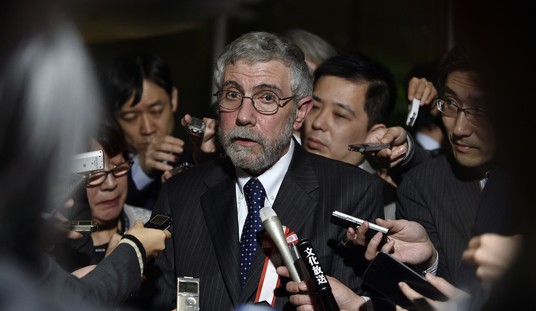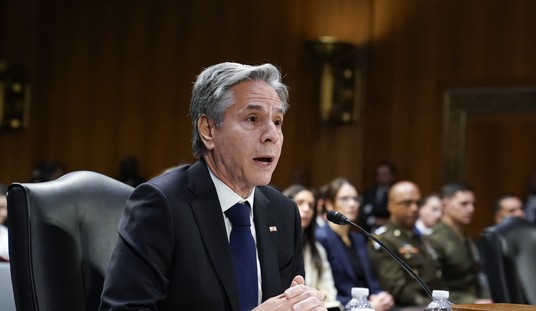This week Citizens Against Government Waste released their annual Prime Cuts 2016 report, which is a detailed list of which pork can be cut from the orgy of spending that occurs in Washington. Since it was first published in 1993, CAGW prides itself in Congress taking notice of this report, which has saved taxpayers $1.4 trillion over the years. For 2016, CAGW took recommendations from the Government Accountability Office, Congressional Budget Office and President Obama’s “Cuts, Consolidations, and Savings.” In all, there were 618 recommendations to get spending under control. In crunching the numbers, CAGW found that there were $644.1 billion in immediate savings, with $2.6 trillion over the next five years if all of the recommendations were acted upon in the report. That could lead to a balanced budget in a year:
…[I]f all of the Prime Cuts recommendations were adopted, a balanced budget could be achieved in one year. Since CAGW’s inception in 1984, the implementation of its recommendations has helped save taxpayers $1.4 trillion.Prime Cuts 2016 addresses every area of government spending. For example, the report proposes eliminating the Market Access Program (MAP), which aims to help agricultural producers promote U.S. products overseas. However, MAP is really a corporate welfare program that funnels millions of dollars to large, profitable corporations and trade associations that can well afford to pay for their own ads. Eliminating MAP would save taxpayers $1 billion over five years.
[…]
While some in Congress consider DOD spending to be sacrosanct, U.S. military brass is on board with cost savings at the Pentagon. In August 2013, Navy Vice Admiral David Dunaway stated, “In the face of decreasing budgets, rapidly evolving threats, and a shift in national defense strategy that demands more than ever from our naval forces, it’s imperative that every dollar spent increase warfighting capability.”
Of course, this is Washington—and it’s an election year. It’s not the time to look bipartisan or participate in anything that’s going to make the other party look good. Moreover, while there are certainly areas that we could reduce in the defense budget, the heightened level of awareness regarding our national security isn’t going beckon lawmakers to start talking about cutting DoD spending. No one wants to look soft on terror, even when the cuts are right and the political impact virtually nonexistent. These are politicians; they worry every time the masses have their shot to keep them or boot them. Nevertheless, this report does provide a good foundation of where the next president can look to reduce spending and save taxpayers’ money. Then again, if Clinton wins, you could definitely just light this outline on fire.























Join the conversation as a VIP Member